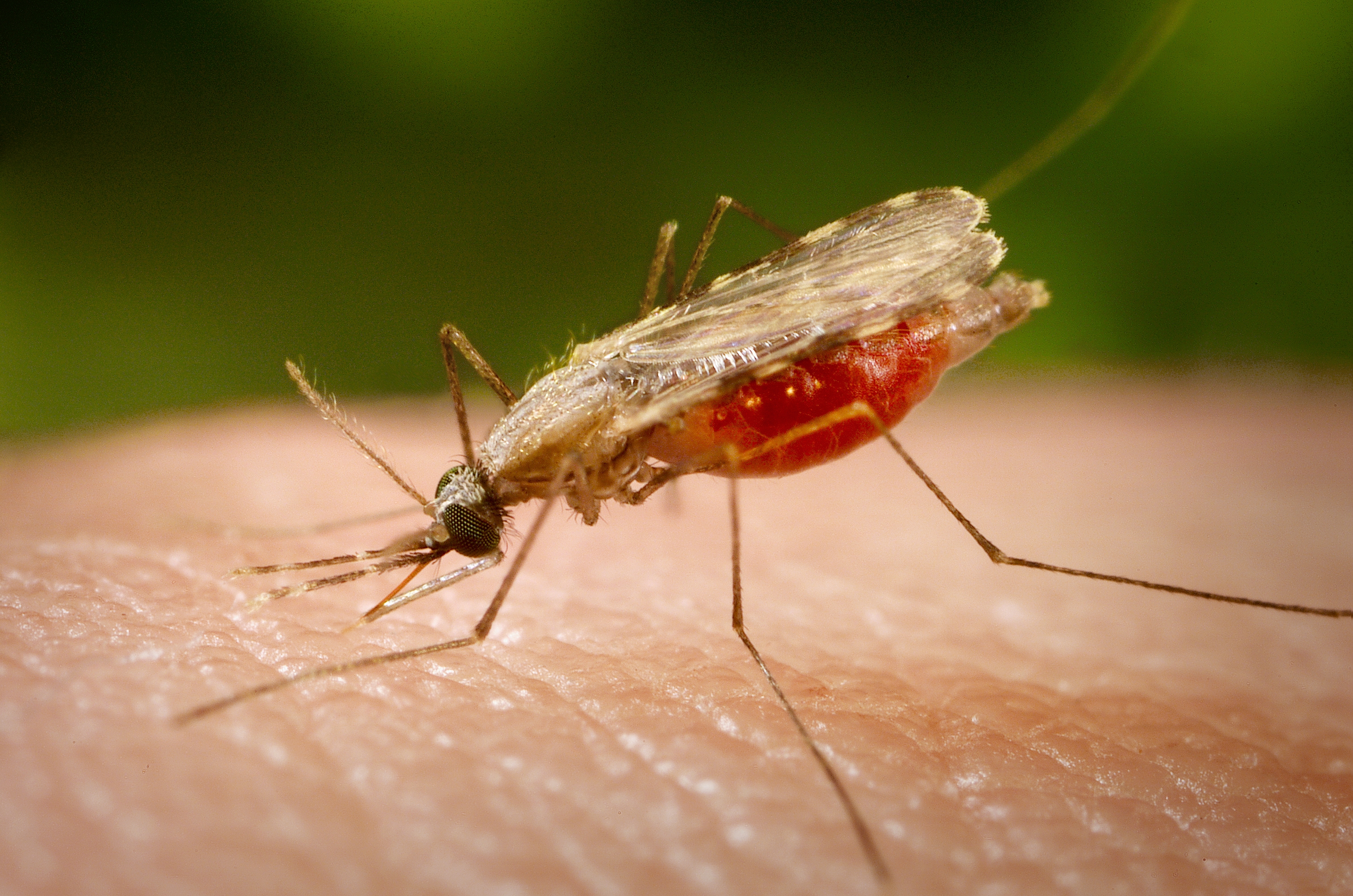Description
Material provided: Analysis of screening results, identification of hit-substances and full dose response curves
Unit definition: 22 different feeding conditions
Data layout: screening results will be provided electronically
Vector information
Family: Culicidae
Genus: Anopheles
Species: Anopheles stephensi
Strain: Sind-Kasur Nijmegen
Place of origin: Pakistan
Date of colonization: 1982
Parasite information (if applicable)
Phylum: Apicomplexa
Genus: Plasmodium
Species: Plasmodium falciparum
Strain: NF54-ΔPf47-5’hsp70-GFP-Luc (Short: NF54-HGL) expressing a GFP-Luciferase fusion protein under the control of the Pfhsp70 promoter, genomic integration, no selection marker.
Infectivity: Infectivity tested and quantified
Mycoplasmic contents: Mycoplasma free
The experiment and the product
Up to 22 different feeding conditions can be tested using antibodies, compounds, small molecules or different concentrations of a particular substance of interest. For insecticide tests, substances are added to the blood meals and fed to Anopheles stephensi mosquitoes. For transmission-blocking activity, test substances can be added directly to blood meals containing stage V gametocytes, or gametocytes can be pre-incubated for 24h prior to feeding.
The technique combines three main steps:
- Feeding: 22 blood meals are prepared and fed to 22 mosquito cups simultaneously using glass membrane feeders.
- Phenotypical readout: The test substance decides over the type of phenotypical feature used for the readout (see product options for more details). Most common are “dead or alive” for insecticides, or “infected vs. uninfected” for transmission blocking substances.
- Analysis: The results of the phenotypical readout will identify active substances and/or their IC50 in a full dose response curve.
Product options
The options include, but are not limited to:
- Screening for systemic insecticides: Here every screening substances will be added to the blood meals and fed to mosquitoes in 22 glass membrane feeders. Usually after 24h dead and alive mosquitoes will be counted to identify the activity of the test substance.
- Screening for transmission blocking substances: Here every screening substance or different concentration of one substance will be either added to the blood meals (containing stage V gametocytes) upon feeding or pre-incubated with stage V gametocytes for 24h prior to feeding. Eight days after feeding 20 control mosquitoes will be dissected to check on infection rate by microscopy. The infection rate of all remaining mosquitoes (24 mosquitoes per feeder) is determined by a luciferase assays 1,2.
Publications
- Stone et al., 2014. A scalable assessment of Plasmodium falciparum transmission in the standard membrane-feeding assay, using transgenic parasites expressing green fluorescent protein-luciferase. J Infect Dis; 210(9):1456-63
- Vos et al., 2015. A semi-automated luminescence based standard membrane feeding assay identifies novel small molecules that inhibit transmission of malaria parasites by mosquitoes. Sci Rep 5; 18704
For more information, please contact us.

